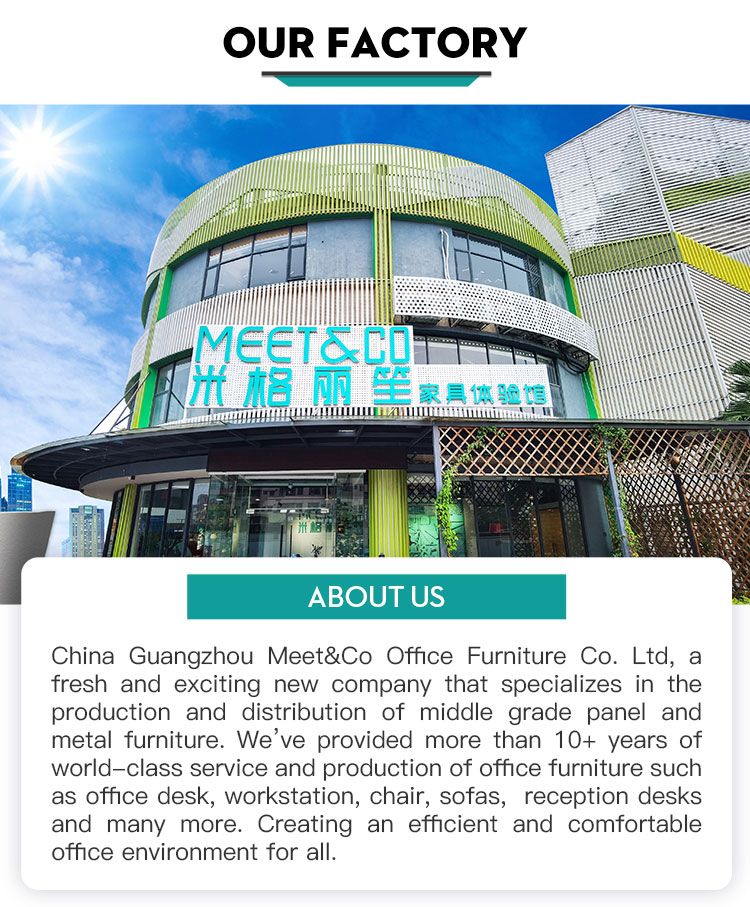Office Furniture Factory
If you’re thinking about opening an Office Furniture Factory in your city, read on to learn more about what they do. We’ll discuss the products they sell, the manufacturing process, and the impact of the economy on the industry. But before you do, read on to learn more about what makes an Office Furniture Factory unique. We’ll also discuss the factors that drive demand and supply for their products. Read on to learn more about Office Furniture Factory and why they’re worth considering.
Products offered by Office Furniture Factory
The products offered by Office Furniture Factory are diverse. These products range from desks to chairs to storage cabinets and shelving. They also offer a range of work environment products, such as lighting. To find out more about the products offered by Office Furniture Factory, please check their website. Here are some of the key things to know about these products. If you’re thinking about buying office furniture, read on to learn about the benefits of buying refurbished furniture.
The company’s high-end office furniture products have won a variety of awards, including the German iF Design Award and the American IDEA International Design Excellence Award. The company also offers high-end brands and has modern furniture processing equipment. It has over eight hundred professional and technical staff, and annual output value exceeds one hundred million rmb. The company is committed to delivering high-quality office furniture products to clients worldwide.
Lamex is a leading office furniture manufacturer in Greater China. It has sales offices and showrooms in Hong Kong, Beijing, Guangzhou, and Chongqing. It also maintains a global distribution network and its newest direct sales office is located in Singapore. The company’s manufacturing facility has extensive production facilities, product design, testing, and administrative functions. The company also offers a variety of office furniture solutions for hotels.
The company’s mission is to manufacture the highest-quality office furniture products while ensuring the highest level of environmental protection. Its products are manufactured using eco-friendly materials and can be customized to suit your needs. It also manufactures environmentally friendly office furniture and has a long-term commitment to excellence. As a result, these manufacturers have a wide range of products to choose from. For more information, contact the company today!
As the world economy evolves, office furniture is also changing. Instead of producing tangible goods, workers now spend most of their time sitting down. Rising education levels, urbanization, and the expansion of the global middle class have led to an increased demand for office space and furnishings. These trends will continue to shape the market for office furniture for the foreseeable future. While the market for furniture is expected to remain stable, the company’s growth will fluctuate with the overall economy.
The company was founded in 1923 and started out as a residential furniture manufacturer. By the 1950s, the company expanded into office furniture and began working with industrial designers to develop innovative concepts. They developed the Action Office panel system in the 1960s and added ergonomic furniture to their portfolio. They are a leading manufacturer in this industry. They employ more than 25,000 workers across the country. They employ approximately half of all workers in the industry.
Manufacturing methods
The materials used in manufacturing office furniture are natural resources, which are often scarce in our modern world. The highest percentage of material input is wood, which is used to make office furniture. Recent developments in timber technology, including reclaimed and sustainable lumber, can enhance the durability of wood and decrease its consumption. Rapid growth in the furniture industry is likely to cause tension between the availability of wood and the global climate crisis. The recycling of old office furniture is unlikely to address the climate crisis, as it reduces the purity of the materials and requires energy, labour and other resources.
Regardless of the type of office furniture, many factors affect its manufacturing processes. Office furniture is typically made by linear production methods. This means that most materials used in manufacturing come from finite resources and are therefore increasingly expensive. Furthermore, cross-sector competition for resources can put raw material supplies at risk. Thus, manufacturers of this type of furniture need to look for more sustainable ways to create office furniture while still preserving their quality and durability.
As the nature of work changes, so has the type of office furniture. Many occupations require unique furniture. The furniture industry recognizes this trend in healthcare and education. In the United States, for instance, the philosophy of teaching has changed. Today’s students are no longer expected to sit at desks and work in groups on problem-solving projects. Some of them may even use computers in their collaborative work. The types of office furniture used in these environments will continue to change as the economy changes.
As a result of these advancements, it is now easier than ever to recycle materials, including plastics. For instance, Vondom makes office chairs from 100% recycled fishing nets by using a pelletized form of plastic in the injection molding process. Other manufacturers such as Haworth recycle plastics that have accumulated in the oceans, and convert them into new fabrics for Haworth furniture. These fabrics can be reused by other manufacturers, as well.
The manufacturing methods used to make office furniture are a mixture of traditional methods and modern techniques. Modern furniture manufacturers are able to incorporate modularity, disassembly, and life extension into their designs. They also offer furniture-as-a-service (FAAS), a model in which customers can pay a monthly fee and then return the furniture when it’s no longer required. With this type of model, the embedded value of office furniture remains in place, which allows for easy upgrading and maintenance.
Manufacturers in the office furniture industry can also incorporate circular economy principles into their production processes. For instance, a company based in the Netherlands recognized the risks and opportunities that could arise from the linear production process. The company has made a commitment to incorporating circular economy principles into its business model. This approach is a bright one for the future of the office furniture industry. If implemented, it can improve the health and happiness of workers and lower its carbon footprint.
Impact of economy on industry
When the United States was engulfed in a coronavirus outbreak in February, news headlines focused on a number of factors, including the impact of the economy on office furniture production. The traditional commercial office furniture manufacturing industry was among the most severely affected sectors. Its stocks have been hit as hard as airlines’, and even worse than the average stock market. While the companies with the strongest balance sheets have been able to weather the storm, others have been forced to adapt to unprecedented tectonic shifts.
To remain competitive in today’s competitive market, manufacturers must embrace the principles of circular economy. The “green” movement is a growing trend in office design, and some manufacturers are already embracing this philosophy. Companies like Gispen, a leading office furniture manufacturer in the Netherlands, are developing innovative product-service combinations to extend asset life cycles, while avoiding the purchase incentive for new furniture. By incorporating sustainable practices into manufacturing processes, they are demonstrating the benefits of circular economy.
Today’s major players in the office furniture industry include Knoll, Herman Miller, Steelcase, and Urban Office. Each of these companies innovates their products and services to meet the ever-changing needs of modern office environments. In May of 2018, Steelcase Inc. reported revenue of $740 million and an adjusted loss per share of $0.05. The company is also considering laying off as many as 1,000 hourly workers. The industry’s growth rate will depend on how well the economy is performing and how much it’s impacted by the overall market.
The COVID-19 virus has had a significant impact on the furniture market in 2021, causing massive restraints in production and consumption. Lockdowns imposed by governments across the world impacted production and consumption. While the economic climate has made this industry more volatile, it has recovered. Prices have decreased by 20% in the last decade, making the industry more competitive. It’s important to consider the impact of the COVID-19 virus on the office furniture industry.
The coronavirus is altering the way American’s biggest companies invest in commercial real estate. These decisions will have a lasting impact on the office furniture manufacturing industry. Many new office buildings are now constructed for decades, and they will incorporate outdoor meeting areas, more square feet per employee, and hybrid workers. In addition to the economy, the office furniture manufacturing industry may move its headquarters outside of major cities. Some companies are even moving to cheaper real estate.
The global economy has had mixed effects on the Office Furniture Manufacturing industry. The economy has declined in value of private nonresidential construction and the national employment rate. Despite the overall drop in demand, there has been significant growth in the segment of work from home online. The demand for smart office furniture is also projected to increase, despite a declining economy. Further, the industry is likely to see more growth in service-oriented interior remodeling.

